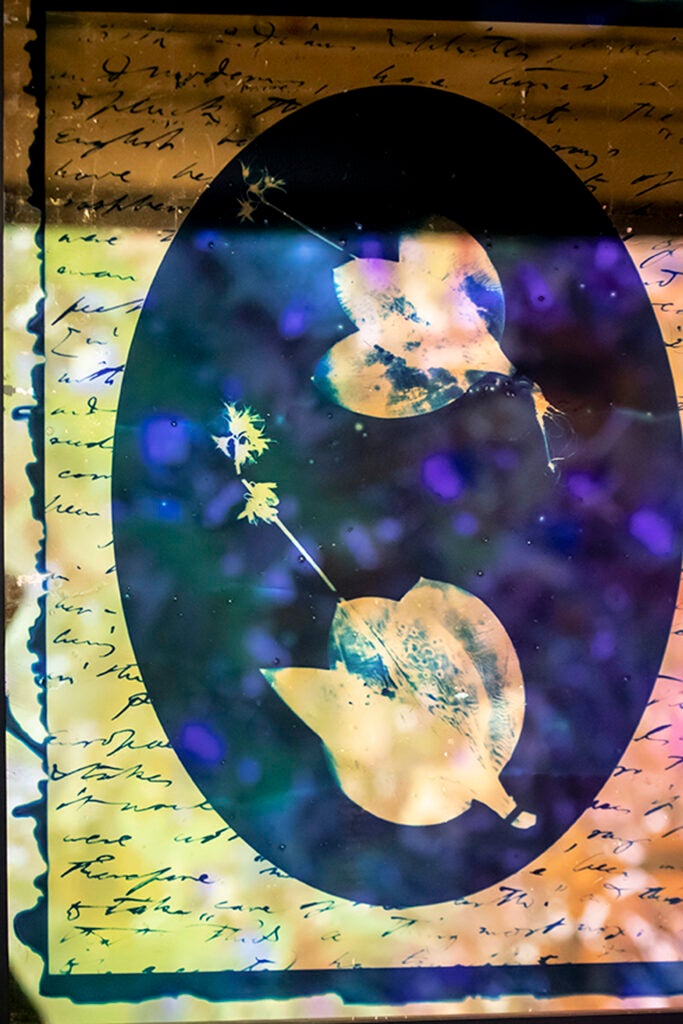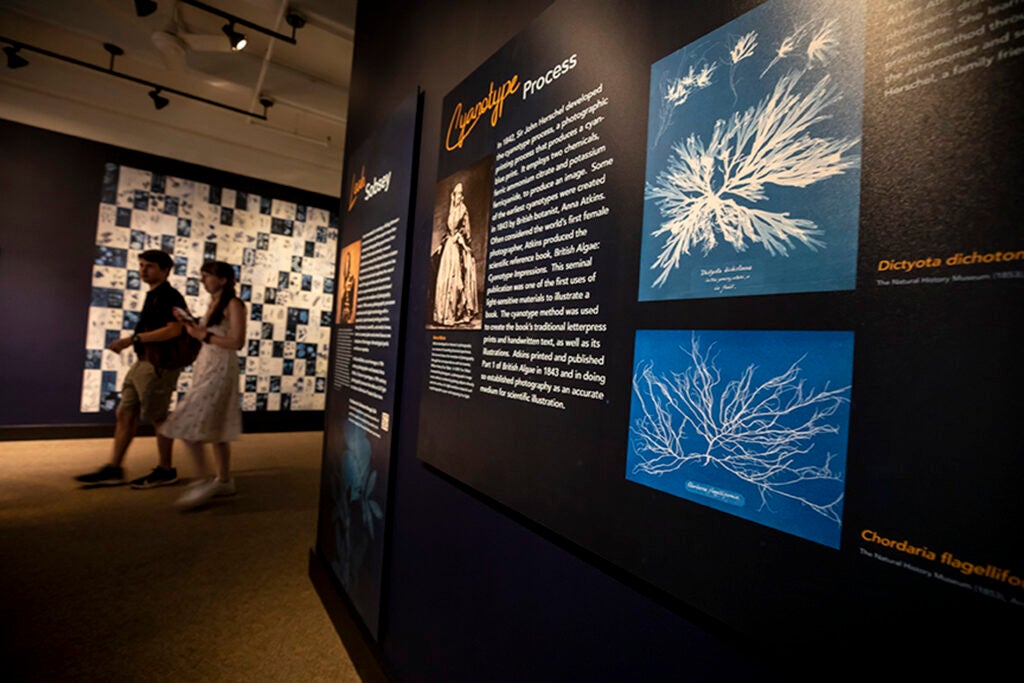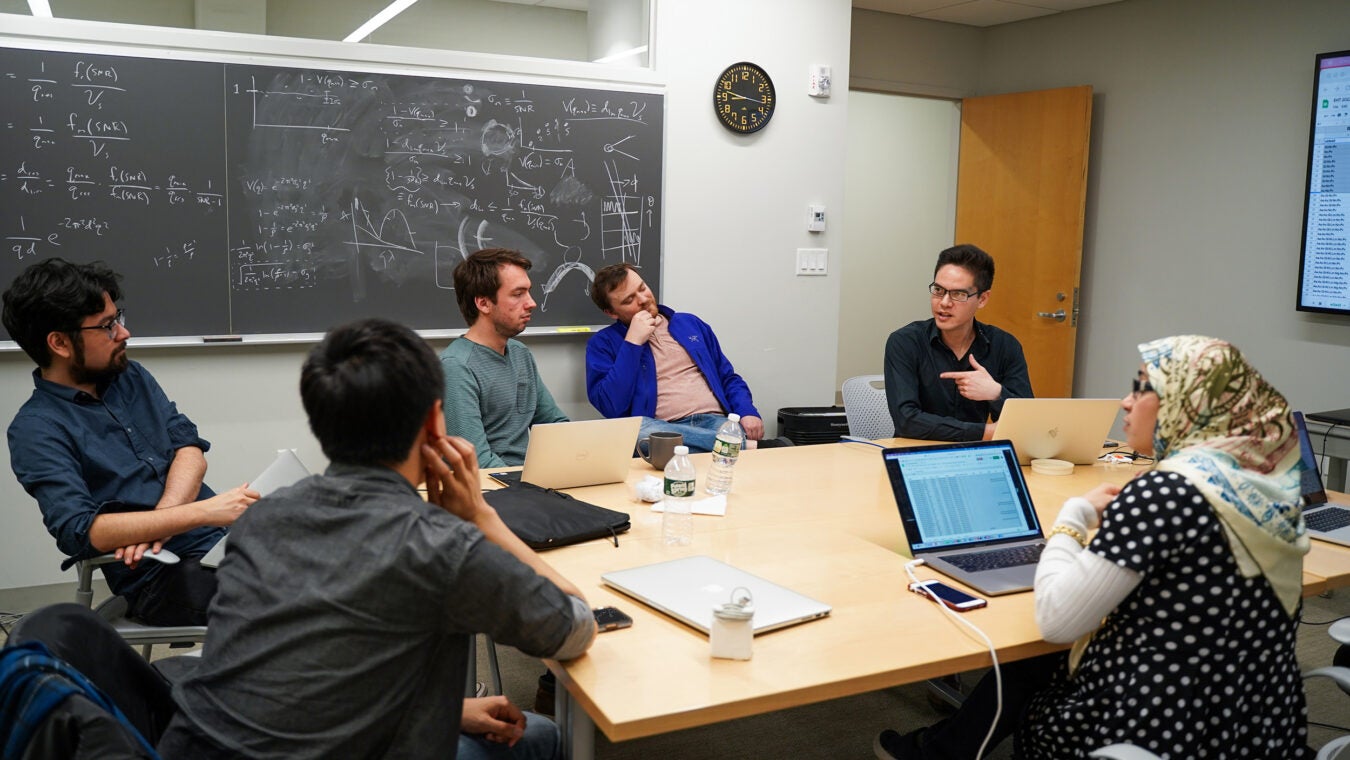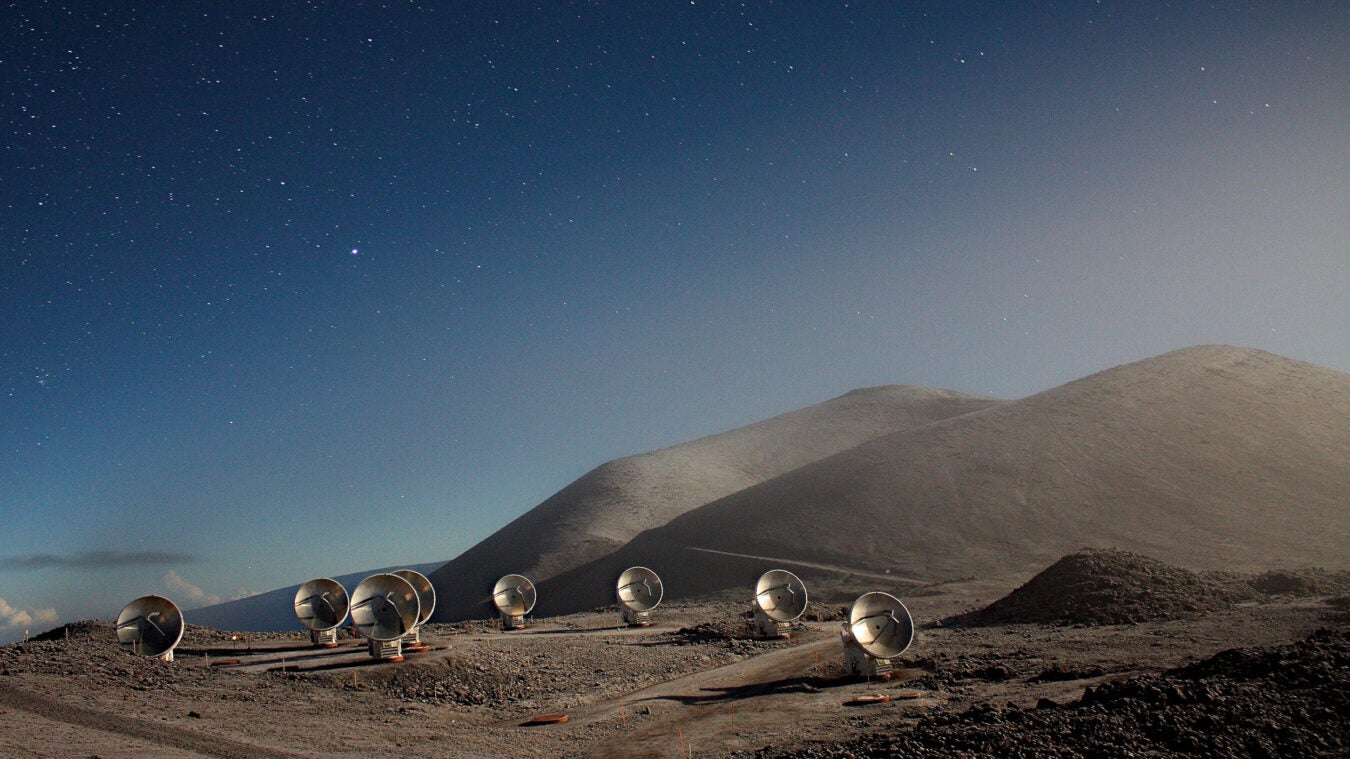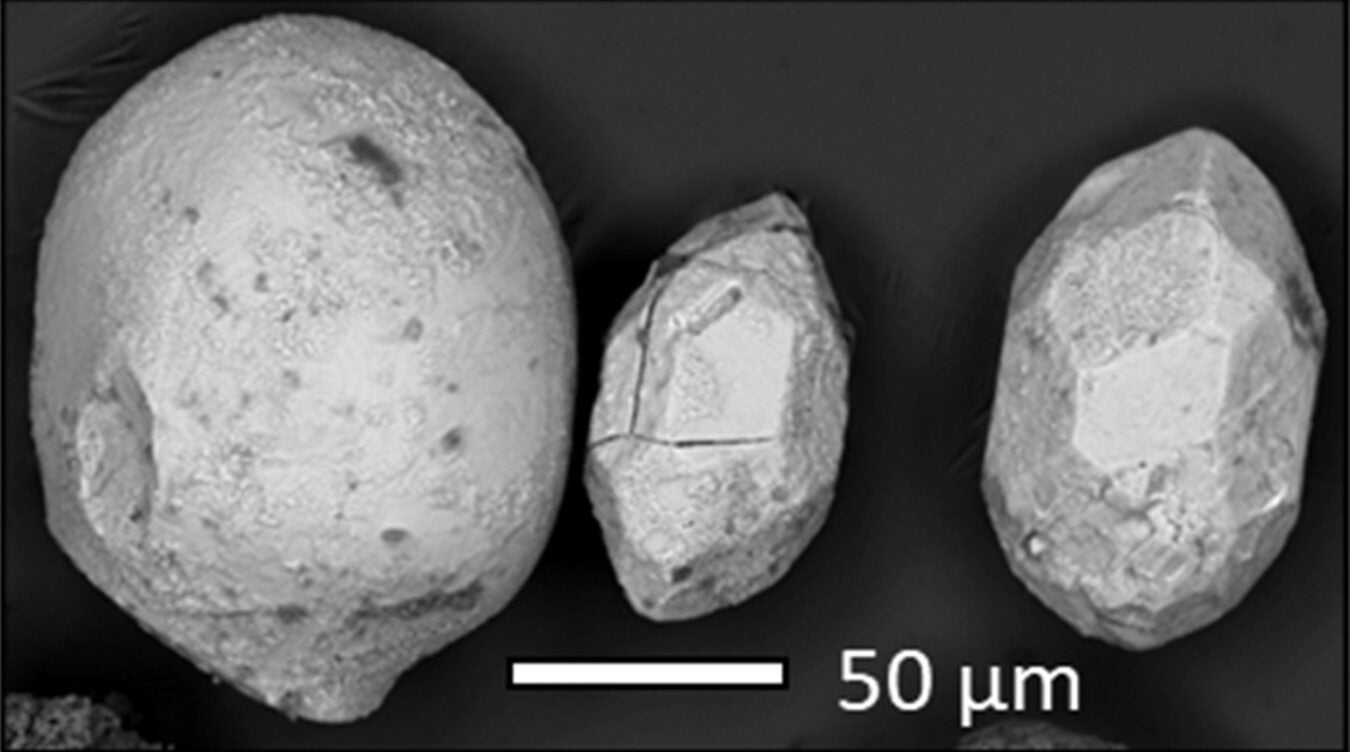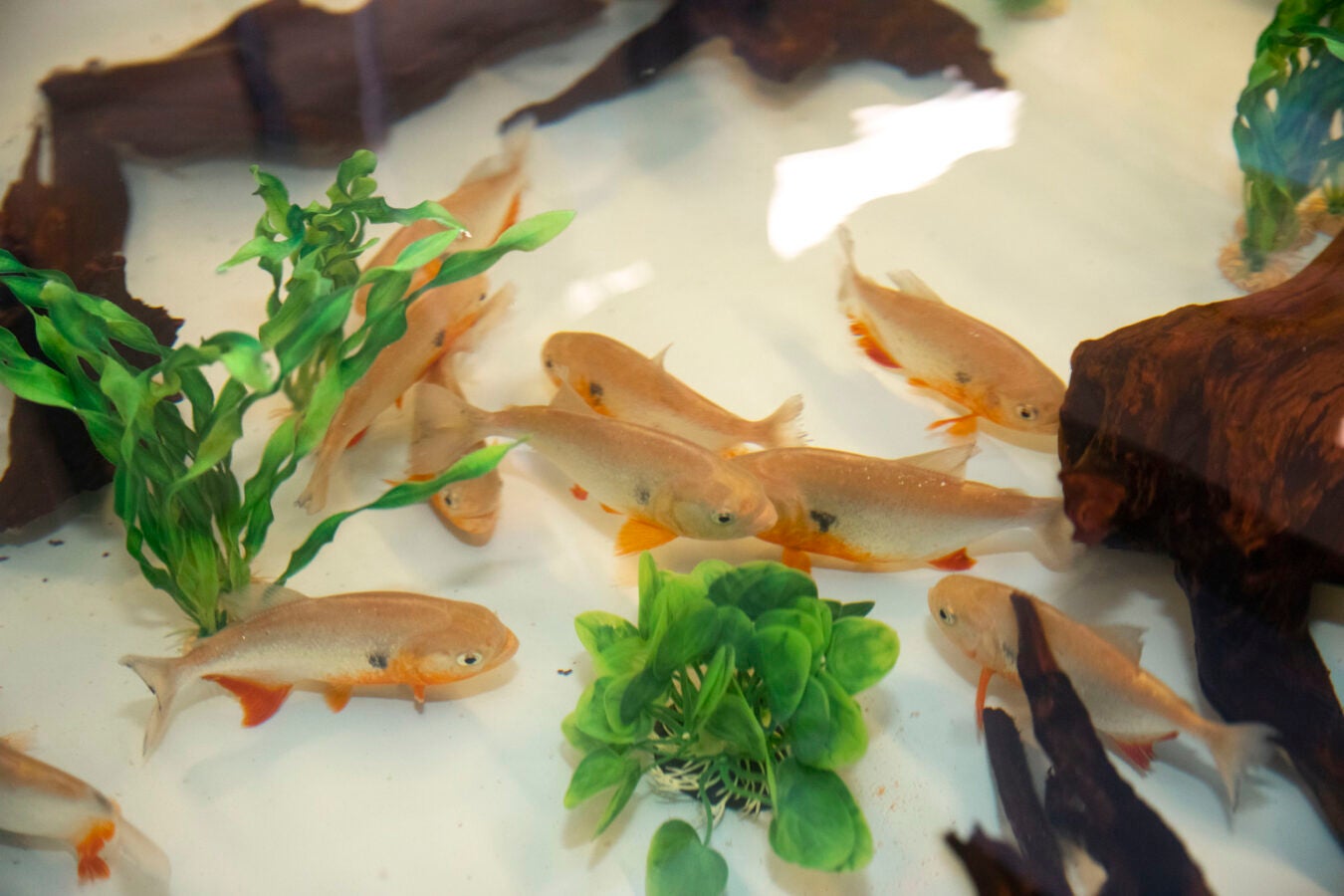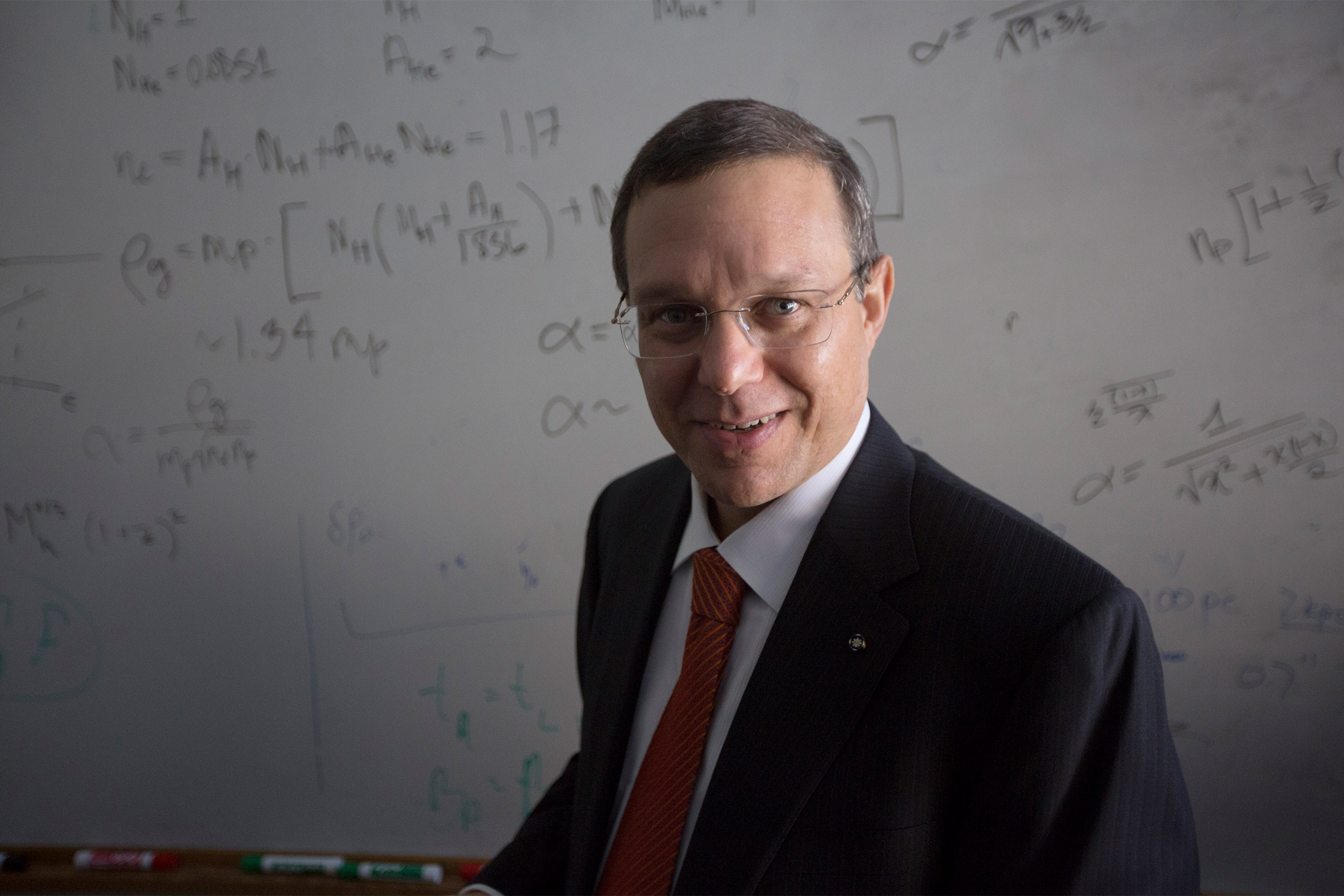Harvard faculty and students are advancing solutions to climate change and its wide-ranging impacts through new scientific, technological, legal, behavioral, public health, policy, and artistic innovations. Ten research teams will share $1.3 million in the eighth round of the Climate Change Solutions Fund (CCSF) awards. Aiming for impact at both the local and global level, these projects will seek to reduce the risks of climate change, hasten the transition to renewable energy, diminish the impact of existing fossil fuels on the climate, understand and prepare for the effects of climate change, and propel innovations needed to accelerate progress toward a healthier, more sustainable future.
“Full engagement in the critical work of confronting climate change requires that Harvard advance on as many fronts as we have at our disposal,” said Harvard President Larry Bacow. “The Climate Change Solutions Fund is one of the ways in which we support faculty and students in their important work, and the diversity of this year’s projects is a testament to the variety of tools we have at our disposal to address humanity’s greatest challenge.”
The fund review committee, chaired by Vice Provost for Climate and Sustainability James Stock, selected research projects from across the University’s 12 Schools. Proposals that demonstrated imaginative and promising collaboration among faculty and students received special consideration, as did projects designed to use the campus as a testbed to study climate change solutions at an institutional scale, which connects with the priorities of the Presidential Committee on Sustainability. As of 2022, nearly 70 CCSF projects have received more than $8 million in funding.
“We had a very strong set of proposals this year. The breadth across Schools and the substantive strength of the proposals illustrates how so many Harvard scholars are engaging in climate-related research,” said Stock. “I’m also grateful to the members of the proposal review committee for the time and thought that they put into selecting the winning proposals.”
This year’s projects range from designing strategies for extreme heat adaptation and helping students explore the consequences of their consumption on Harvard’s campus, to studying the health impacts of wildfires on vulnerable populations and building data infrastructure to understand climate change migration around the world.
The fund was established in 2014 by President Emerita Drew Faust and is supported by the Office of the President and donations from alumni and others. CCSF is managed by the Office of the Vice Provost for Climate and Sustainability at Harvard.
This year’s winning projects:
Dryscreen: Creating Human-Centered Comfort in Buildings
Joanna Aizenberg, Amy Smith Berylson Professor of Materials Science and Professor of Chemistry and Chemical Biology, Harvard John A. Paulson School of Engineering and Applied Sciences (SEAS); Jonathan Grinham, Assistant Professor of Architecture, Harvard Graduate School of Design (GSD) and Harvard Center for Green Buildings and Cities
This project seeks to reduce the energy consumption and the use of harmful refrigerants in air conditioning by using a technology that decouples air cooling from humidity reduction — two functions performed simultaneously by conventional air conditioners in buildings. Doing so can lead to significant energy savings by separately tuning dehumidification and cooling to reflect ambient conditions. The new technology — Dryscreen — is a water-selective membrane vacuum system that has been designed and fabricated with support from the U.S. Department of Energy. Funding through the CCSF will enable the on-campus field testing of the Dryscreen prototype, using the Center for Green Buildings and Cities’ HouseZero LiveLab.
Realizing Low-Cost Direct Air CO2 Capture Using Oxygen Resistant Proton-Coupled Electrochemistry
Michael Aziz, Gene and Tracy Sykes Professor of Materials and Energy Technologies, SEAS
Aziz and his team are developing a new way to remove carbon dioxide from the air through the use of electrochemistry. So-called direct air carbon dioxide (DAC) capture represents a crucial solution if the world is to limit global warming to within to 2° Celsius. But conventional DAC technologies are both energy intensive and expensive. Using electrochemistry of water-soluble organic molecules allows for a scalable, low energy cost, and safe way to capture carbon. In the current electrochemical system developed in the PI’s lab, however, atmospheric oxygen (O2) renders the system inoperable. Funding will help the researchers develop a new electrochemical cell structure, with distinct compartments for electrochemistry and carbon capture, which would make the carbon capture process resistant to oxygen or any harmful component in the inlet gas.
Using Satellite Observations of Atmospheric Methane to Support Effective Global Climate Policy
Daniel Jacob, Vasco McCoy Family Professor of Atmospheric Chemistry and Environmental Engineering, SEAS, Faculty of Arts and Sciences (FAS) Department of Earth and Planetary Sciences; Robert Stavins, A. J. Meyer Professor of Energy & Economic Development, Harvard Kennedy School (HKS)
Methane is a potent greenhouse gas. Decreasing methane emissions represents a significant way to mitigate climate change and is an essential element of achieving the objectives of the Paris Agreement. However, the national accounting of methane can be inaccurate because of the variety of methane sources and the complexity associated with them. Using high-resolution satellite observations, this project will deploy a new, publicly accessible system for quantifying methane emissions from top-emitting countries. The project will engage stakeholders to validate and to improve national emissions inventories in support of the Paris Agreement and the Global Methane Pledge.
Building Data Infrastructure to Understand Climate Change Migration
Tarun Khanna, Jorge Paulo Lemann Professor, Harvard Business School (HBS), Faculty Director of The Lakshmi Mittal and Family South Asia Institute; Satchit Balsari, Assistant Professor in Emergency Medicine, Harvard Medical School (HMS) and Beth Israel Deaconess Medical Center; Caroline Buckee, Professor of Epidemiology, Harvard T.H. Chan School of Public Health; Jennifer Leaning, Senior Research Fellow, FXB Center for Health and Human Rights; Professor of the Practice, Harvard T.H Chan School of Public Health; Rahul Mehrotra, John T. Dunlop Professor in Housing and Urbanization, GSD; Neha B. Joseph, Research Fellow, The Lakshmi Mittal and Family South Asia Institute at Harvard
The aim of this project is to develop a transformative, open-access climate and population health data-monitoring ecosystem in South Asia. More than 700 million people in South Asia have been affected by at least one climate-related disaster in the last decade. Yet, there is only a vague understanding of how climate change affects who moves, when, and why; how such distress migration in South Asia affects host communities; and the impact that large population fluxes have on access to food, shelter, jobs, and population health. Understanding these forces requires micro data on individual mobility, health, and related measures. Funding will allow the researchers to develop a prototype open-source data repository of traditional and novel data streams from public and private datasets, and invite interdisciplinary teams of stakeholders — including communities, scientists, and policymakers — to explore and apply the datasets to advance adaptation measures.
Climate Change and Mental Health in Madagascar: A Health Systems Ecological Approach
Karestan Koenen, Professor of Psychiatric Epidemiology, Harvard T.H. Chan School of Public Health; Christopher Golden, Assistant Professor of Nutrition and Planetary Health, Harvard T.H. Chan School of Public Health
Research will focus on developing and piloting the use of mental health assessment instruments for identifying and measuring the impact of priority mental health and psychosocial problems associated with climate change. The project will center around the population of Malagasy, Madagascar, an island nation experiencing a famine attributed to climate change. The adverse effects of climate change on human physical and mental health remains largely understudied. Of the few empirical studies that exist, most are limited almost exclusively to high-income countries, and none has taken place in Madagascar. In developing reliable mental health assessment instruments, validated in the Malagasy context, the project promises to provide proof of concept that could be used in other settings facing climate-driven crises.
Mather as a Living Lab
L Mahadevan, de Valpine Professor of Applied Mathematics, Physics, Organismic and Evolutionary Biology; Faculty Dean of Mather House; Vijay Reddi, Associate Professor, SEAS; Anas Chalah, Assistant Dean for Teaching and Learning, Active Learning Labs, SEAS
The goal of this project is to help residents of Mather, one of Harvard University’s undergraduate student houses, to quantify and deliberate on the consequences of their consumption in the broader context of climate and environmental change. Using miniature sensors, students will measure the use of energy and water, food consumption and waste, along with indoor and outdoor variations in the ambient conditions, such as temperature, carbon dioxide and humidity through the seasons and semesters. The anonymized data will be analyzed using statistical tools combined with mathematical models to ultimately stimulate debate about policy changes and inform choices and decisions associated with sustainable approaches to community living and learning.
Barocaloric Materials for Sustainable Cooling Technologies
Jarad A. Mason, Assistant Professor of Chemistry and Chemical Biology, FAS; Joost J. Vlassak, Abbott and James Lawrence Professor of Materials Engineering, SEAS
This project is aimed at advancing the basic science of solid-state barocaloric cooling, a technology that promises to reduce energy consumption and the use of harmful refrigerants in cooling buildings and removing heat from data centers. Cooling accounts for more than 20 percent of the world’s electricity consumption, and, therefore, better understanding barocaloric materials could ultimately yield a significant climate benefit. Funding will support a research collaboration between the Department of Chemistry and Chemical Biology and the School of Engineering and Applied Sciences, which will allow for the researchers to bridge the gap between materials discovery and prototype development, with a particular focus on discovering novel materials and mechanisms critical to realizing solid-state cooling at scale.
Belief Formation and Adaptation to Climate Change
Dev Patel, Graduate Student in Economics, FAS
Climate change poses an existential threat for hundreds of millions of people across developing countries. In the absence of severe mitigation measures by the rest of the world, these households must take steps themselves to address the dramatic shifts already occurring in their local environments. The project asks how households learn about and adapt to climate change. This research dives into the underlying mental models guiding farmers’ decisions in agricultural production to understand how the relatively slow, incremental environmental changes characteristic of climate change can often fail to prompt appropriate reactions. The focus is then on the critical issue of rising soil salinity in rural Bangladesh, which drastically reduces rice yields under status quo production. Combining new satellite-based measures of flooding with experimental variation in information and technology access, the research team estimates how households react to the changes in salinity brought on by flooding events and how these beliefs shape climate change adaptation.
Characterizing Wildfire Smoke Health Impacts and Identifying Vulnerable Populations: A 10-year Study of the Western U.S.
Rachel Nethery, Assistant Professor of Biostatistics, Harvard T.H. Chan School of Public Health
With wildfire severity in the Western U.S. projected to continue increasing over the coming decades, wildfire smoke exposure presents an escalating threat to human health. Implementing resilience building programs in high-risk communities is one of the most effective tactics for minimizing climate change-related health burdens. The aim of this project is to study past wildfire smoke exposure in order to inform resilience-building efforts. Specifically, the project will examine the impacts of exposure on more than 100 health outcomes over a 10-year period to identify drivers of vulnerability and create county-level wildfire smoke risk profiles.
Digital Interactivity and Bioclimatic Comfort: Design Strategies for Extreme Heat Adaptation
Belinda Tato, Associate Professor in Practice of Landscape Architecture, GSD
Extreme heat is a critical climate challenge threatening human health, causing economic stress, and driving greenhouse gas emissions. Higher temperatures and longer and more intense heat waves will continue to impact cities. The organization and structure of the urban built environment is critical in responding to this threat as heat islands in cities intensify negative effects of extreme heat. This project will focus on developing an interactive bioclimatic comfort application and data collection platform for community participation and empowerment with an off-grid temporary installation exhibit. Beyond the typical data focused optimization that is common in a “smart cities” approach, this project focuses on utilizing sensors to allow individuals to experience a new level of interactivity and access to real time bioclimatic information. The project acts on two levels: 1) A temporary physical installation on campus that will serve as a living laboratory and testing ground for sensors and climate-sensitive urban design elements 2) Development of a bioclimatic data collection and sharing platform for community participation in climate-sensitive urban design projects.

